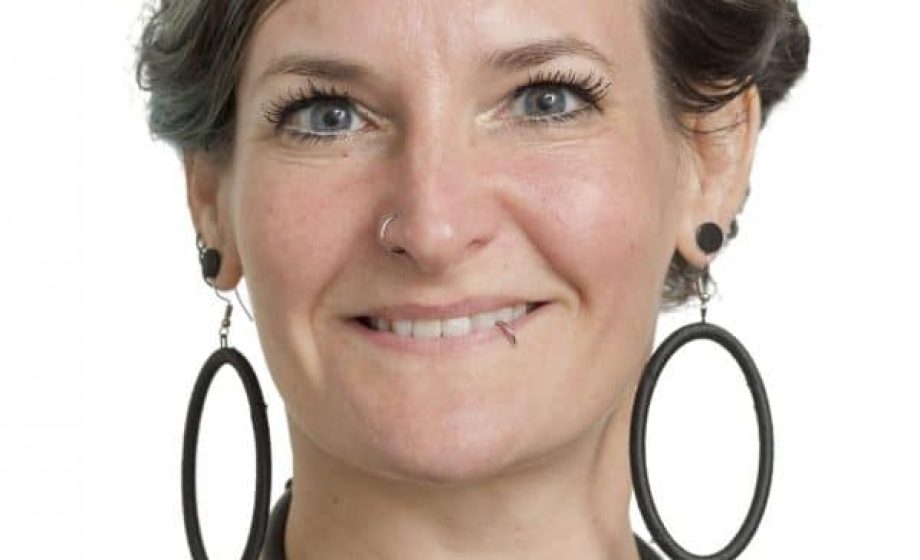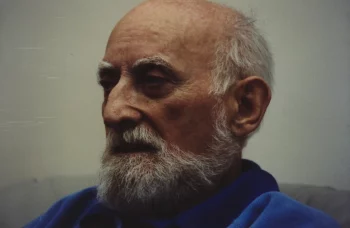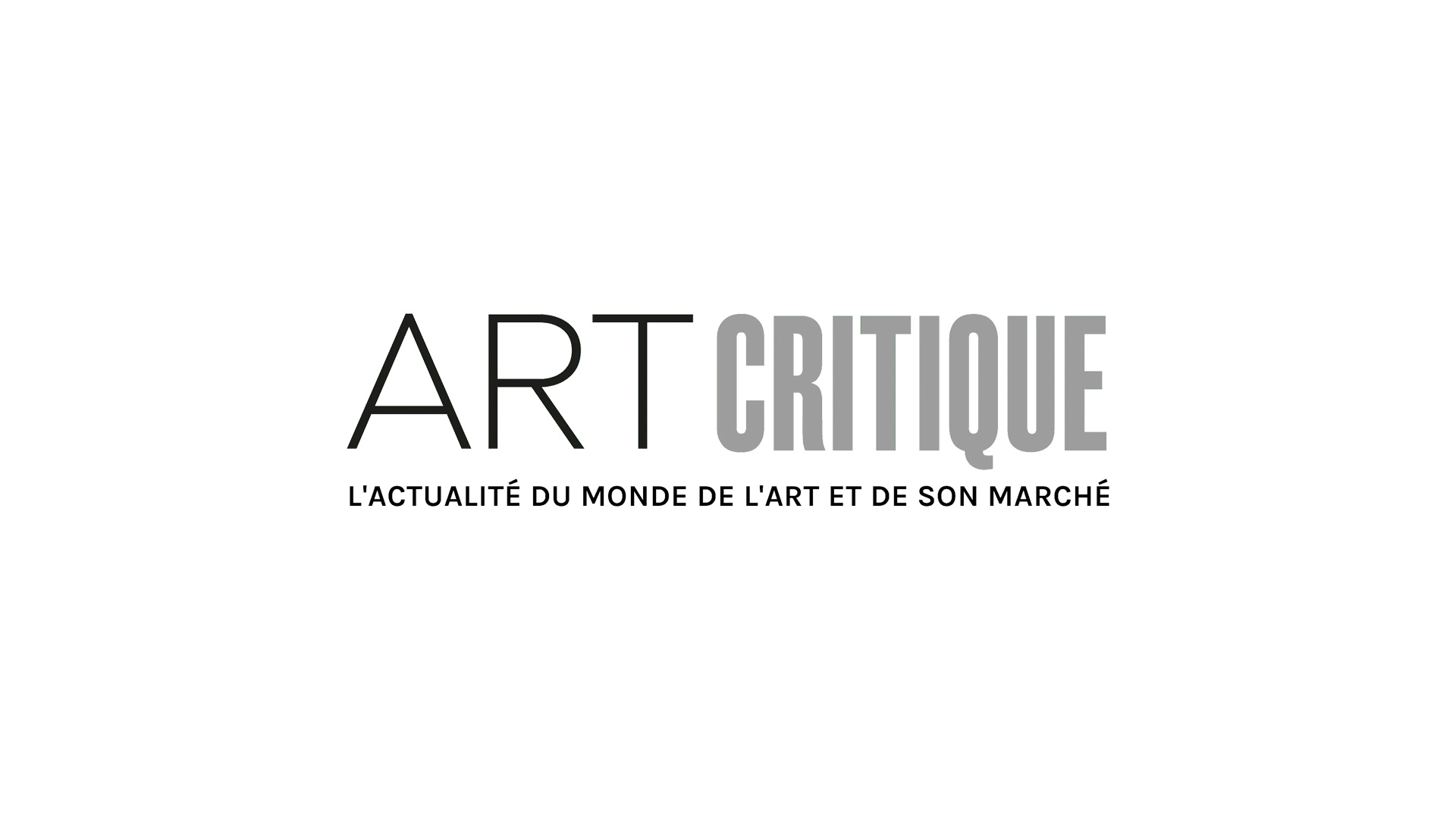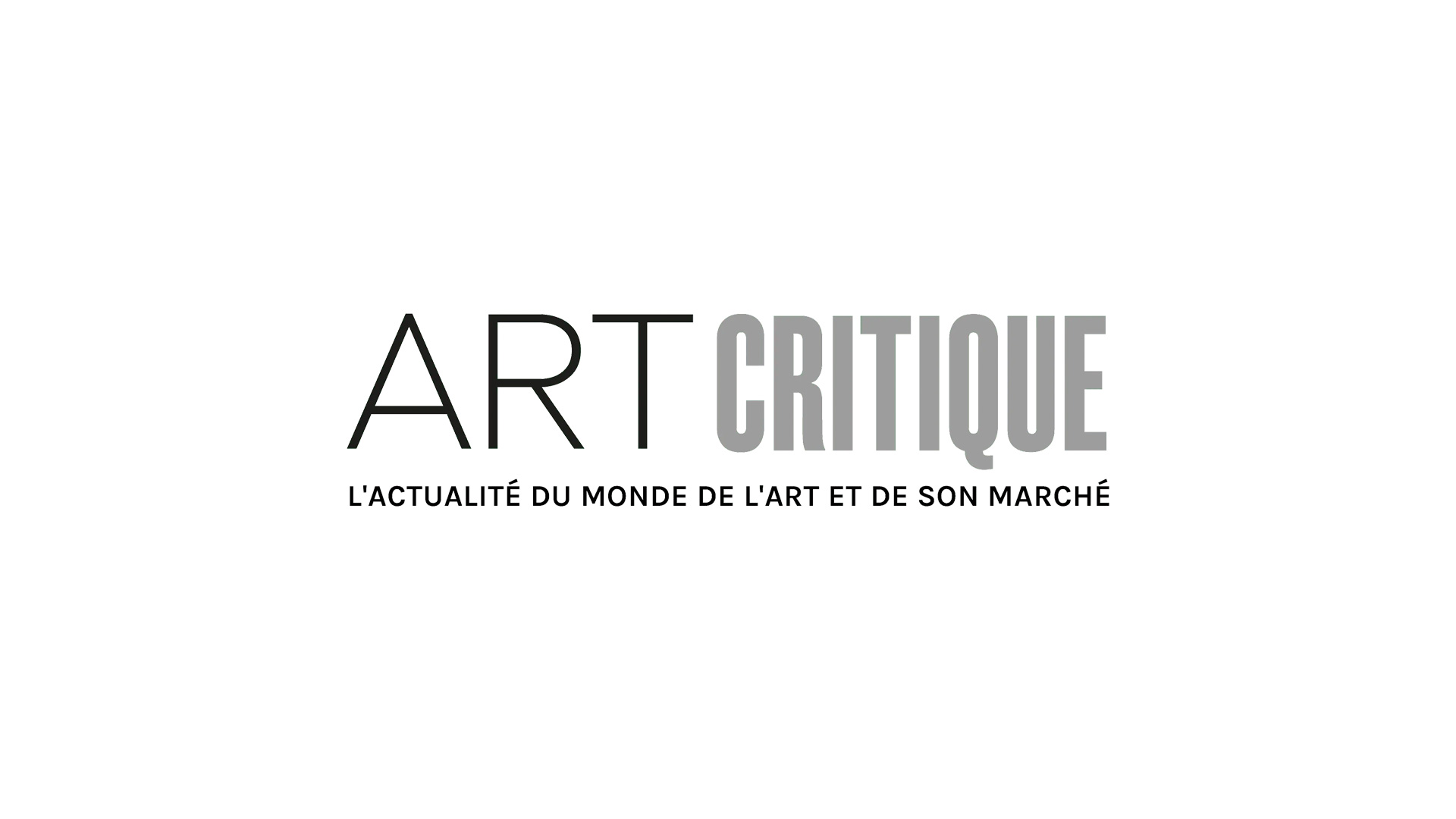While there has been an onus now more than ever on having representative staffing and positions of power within museum and gallery frameworks, institutions do still fall into old pitfalls that are pointed out quicker than ever. That’s just what’s happened with the New Orleans Museum of Art, who announced at the end of last week that they were instating a white woman for their curator of African Art.
Amanda M. Maples, who has served as a Curator of African Art at the North Carolina Museum of Art and Guest Curator at the National Museum of African Art, seems to have strong qualifications in this sector. With a focus on broadening museums’ scope and insight on the works they hold from Africa as well as collaborating with modern artists and curators in Africa, her credentials and drive are apparent.
But especially when, as the New Orleans Museum of Art states, their collection of African art “is considered one of the most important in the United States,” it raises the question as to why one wouldn’t seek above all things a candidate with a lived cultural tie to the work. This, in varying degrees of outrage and thoughtfulness, is what made up the bulk of comments on the museum’s social media when they announced Maples as their Françoise Billion Richardson Curator of African Art.
Since, the museum has been active in responses on their social media. “We are committed to taking this moment to learn and take action,” NOMA states on their Instagram post. “In the immediate future, we will host a town hall to openly discuss race and equity within museums. We recognize that listening is only a small part of honoring our commitment to being an inclusive and anti-racist institution.”
While the New Orleans Museum of Art may have believed itself to be aiming towards a progressive fostering of connection with African art through their appointment of Maples, it is clear that they have missed the mark with this oversight. More than ever, arts institutions are being held to task to not only state support but include diverse voices within their power structures when it pertains to BIPOC art. There may very well be a pivot of decision to come, but the optics of the situation has clearly already made its mark.





